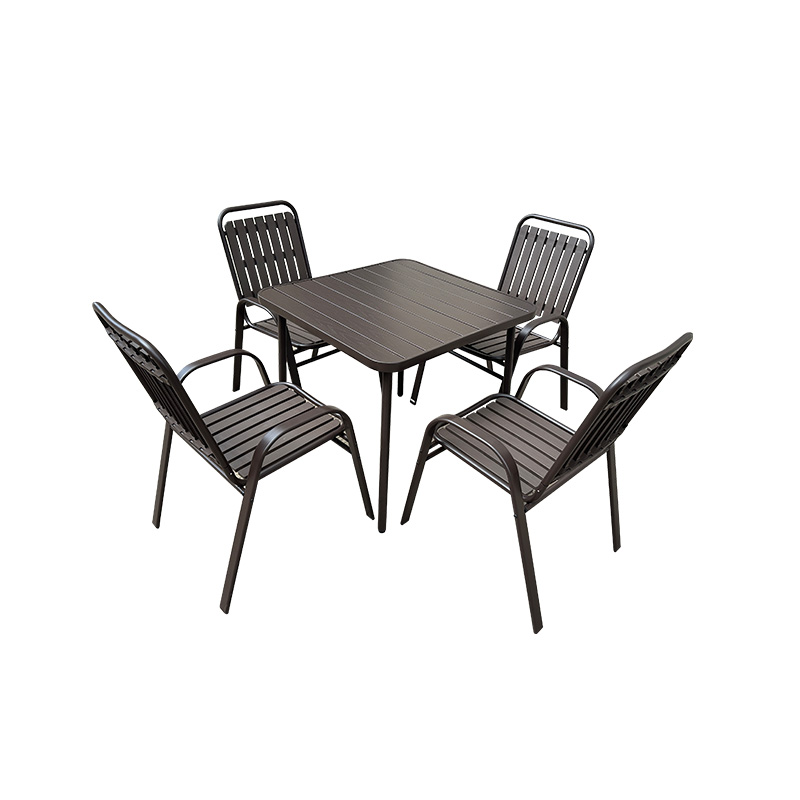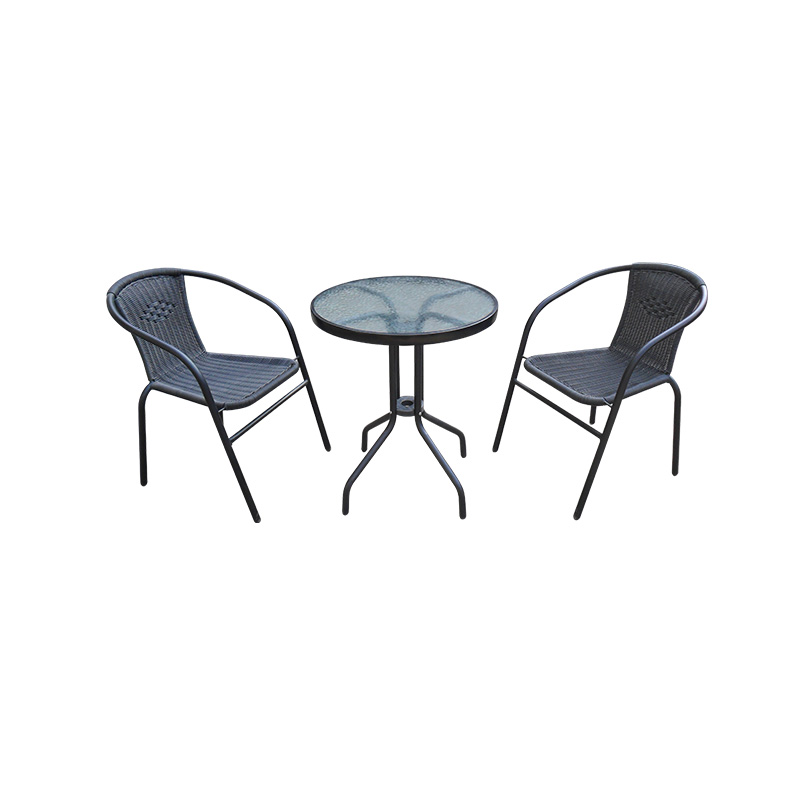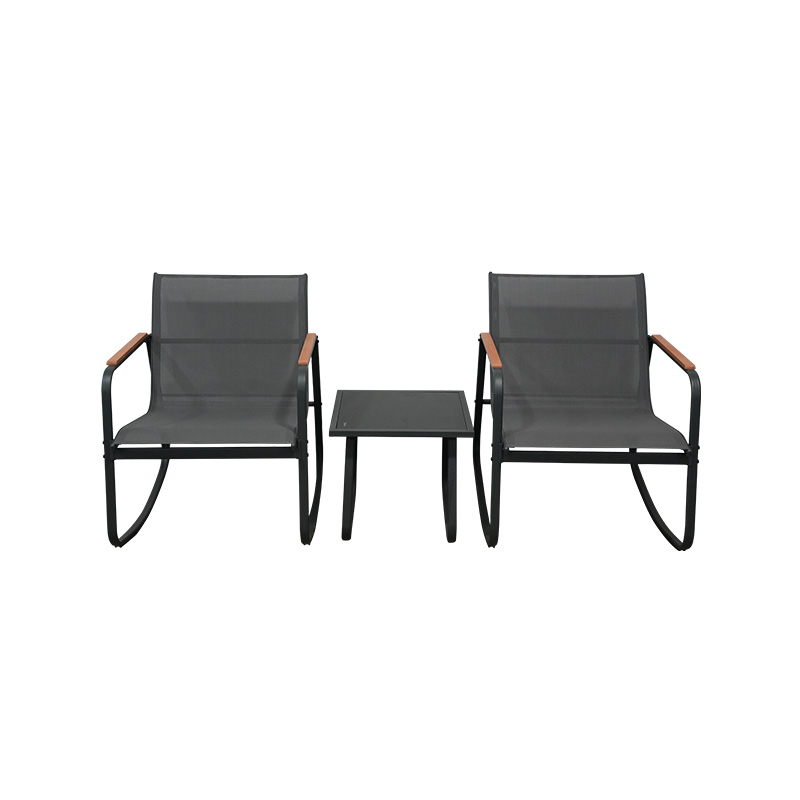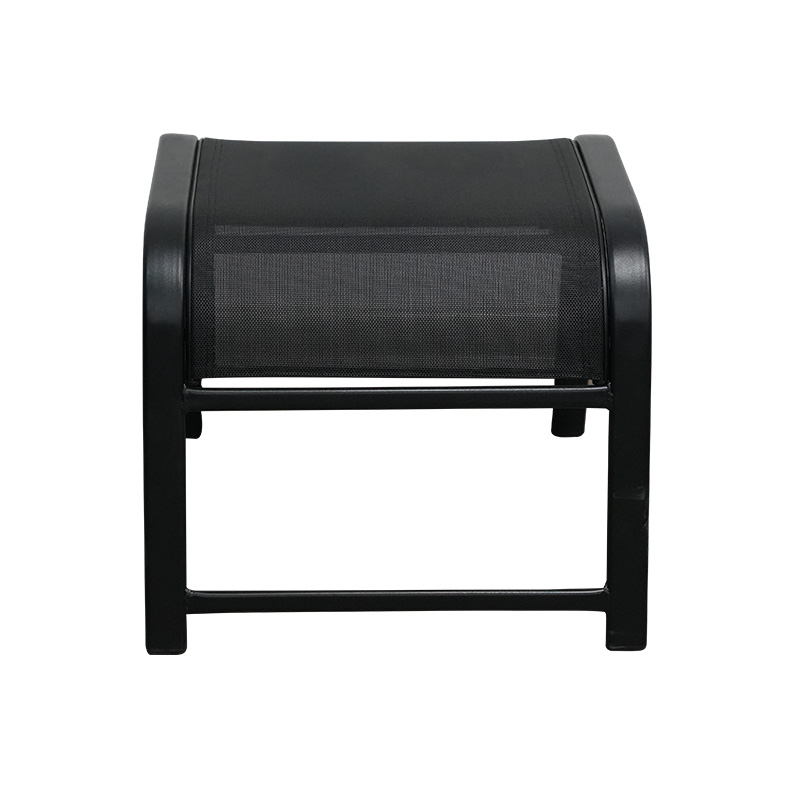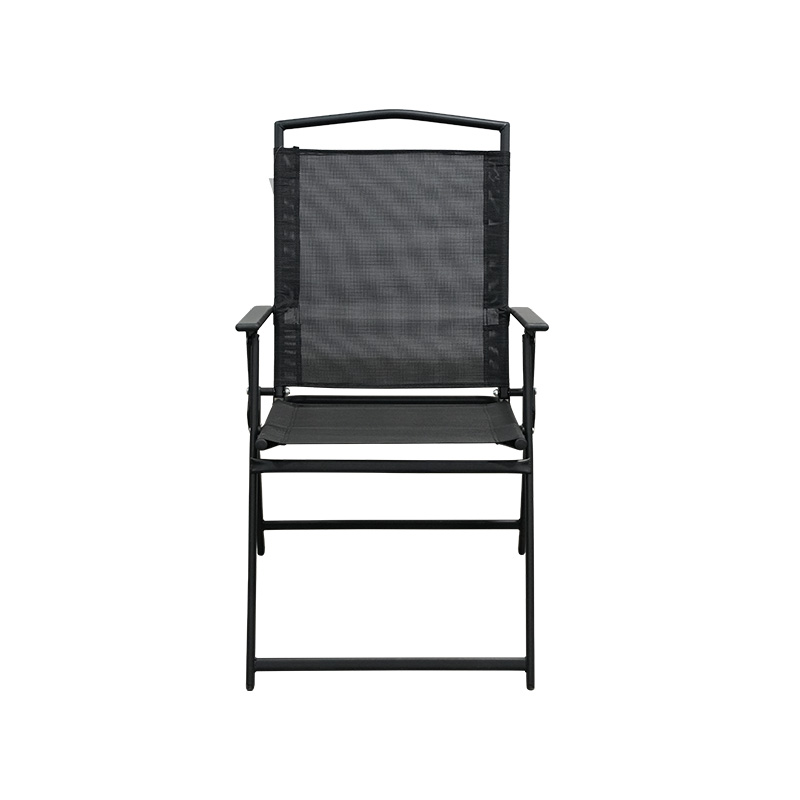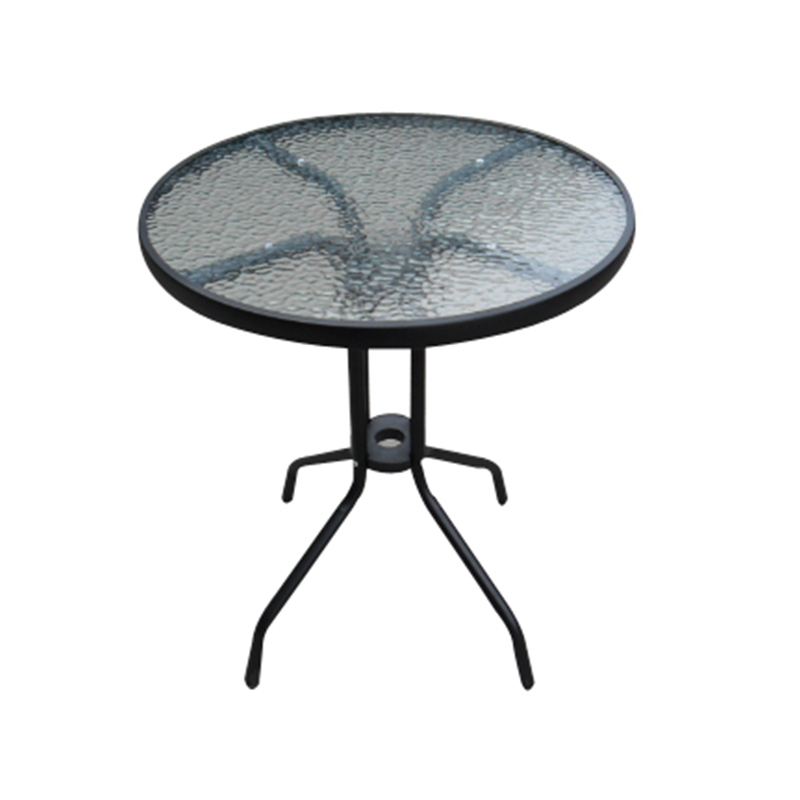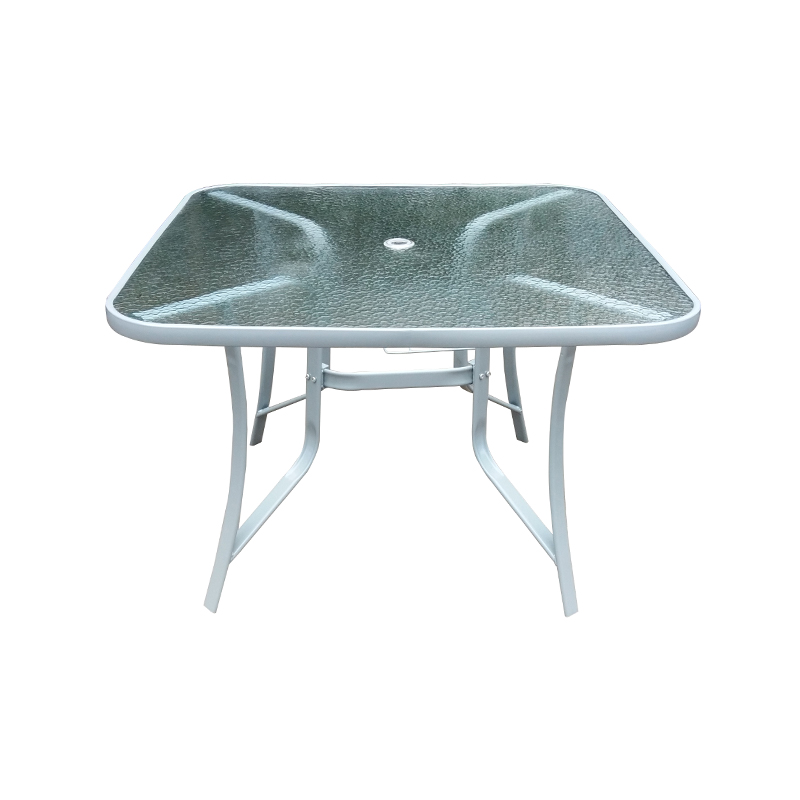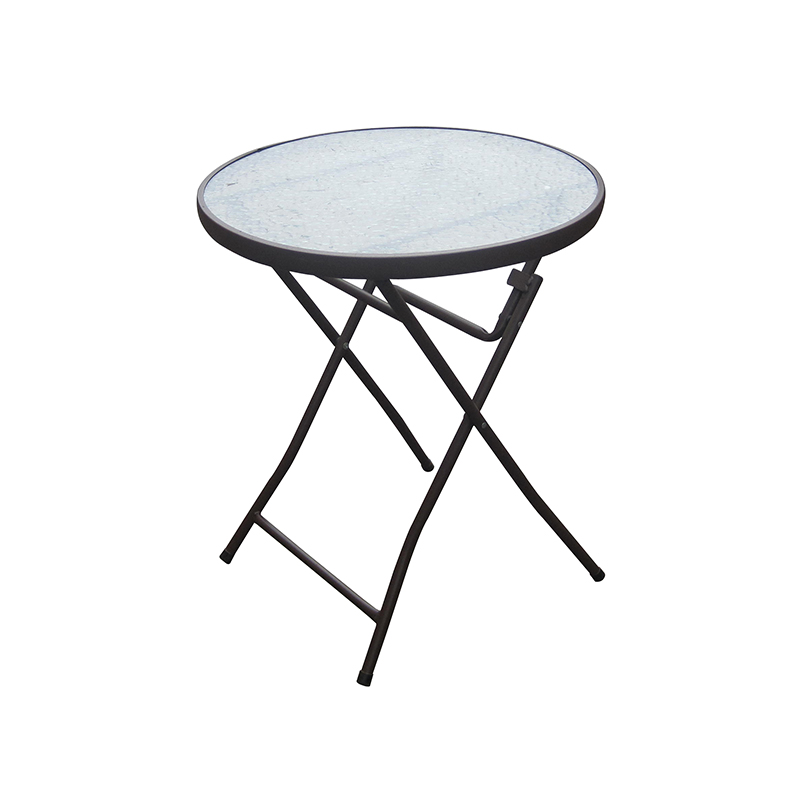How Do Garden Seating Set Manufacturers Test for Weather Resistance?
May 16, 2025
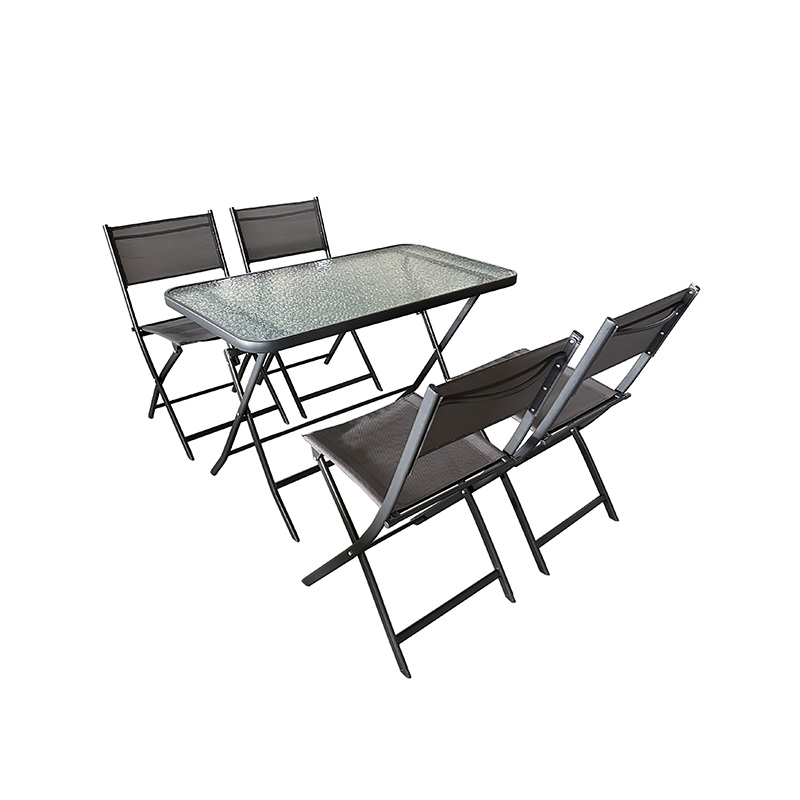
Outdoor furniture must withstand a wide range of environmental conditions, from intense sunlight and rainfall to frost and humidity. For this reason, weather resistance is a crucial consideration during the design and manufacturing of garden furniture. A garden seating set manufacturer must ensure that its products retain their appearance, structural integrity, and usability even after prolonged exposure to the elements. Achieving this requires a combination of material selection, laboratory testing, and real-world simulation.
Material Selection and Surface Treatments
The weather resistance process begins well before testing. A garden seating set manufacturer must carefully select materials that are suitable for outdoor use. Metals like aluminum and stainless steel, woods such as teak or acacia, and synthetic materials like rattan and polyethylene are commonly used because of their resistance to corrosion, moisture, and UV degradation.
In many cases, manufacturers apply protective finishes such as powder coating, weatherproof sealants, or UV-resistant paints. These treatments add an additional layer of defense against harsh conditions, and their effectiveness is evaluated through further testing.
UV Resistance Testing
Prolonged exposure to sunlight can cause fading, brittleness, and material degradation. To assess a product’s resistance to ultraviolet (UV) rays, a garden seating set manufacturer often uses UV chambers that simulate intense sunlight over a condensed period. Materials and finishes are placed in these chambers and subjected to controlled UV light, heat, and humidity.
After exposure, the items are examined for discoloration, cracking, or surface deterioration. This helps manufacturers determine if the materials will maintain their appearance and strength after months or years of outdoor use.
Water and Moisture Exposure Tests
Another key factor in weather resistance is how well the furniture handles water. This includes both direct rainfall and prolonged humidity. A garden seating set manufacturer might perform water spray tests, submersion tests, or place the furniture in high-humidity chambers to evaluate resistance to swelling, warping, and rust.
For wooden components, this testing can reveal how well a sealant performs and whether any protective coatings need to be reapplied or reformulated. In the case of metal furniture, manufacturers observe for any signs of corrosion or changes in surface finish.
Freeze and Thaw Cycles
In colder climates, freeze-thaw conditions can affect outdoor furniture by causing expansion and contraction in materials. A garden seating set manufacturer may simulate these cycles by placing furniture in a controlled freezer, then rapidly thawing it at room temperature or in a heated environment. These tests help reveal potential cracking, loosening of joints, or other structural issues that may arise over time.
Long-Term Outdoor Exposure
In addition to laboratory-based testing, many manufacturers use outdoor testing grounds to assess how garden furniture performs in real conditions over extended periods. A garden seating set manufacturer might leave prototypes outside in various climates to observe natural wear over seasons. These real-world evaluations provide valuable insights that complement lab-based results.
Weather resistance is a vital component in the design and manufacture of outdoor furniture. A garden seating set manufacturer typically relies on a combination of accelerated testing methods and real-world trials to ensure products can withstand various environmental stressors. Through careful material selection, rigorous testing for UV, water, and temperature unusual, and continuous observation, manufacturers work to deliver seating sets that perform reliably over time. This process ultimately helps buyers enjoy functional and visually consistent outdoor furniture in a range of weather conditions.

 English
English 中文简体
中文简体 Español
Español